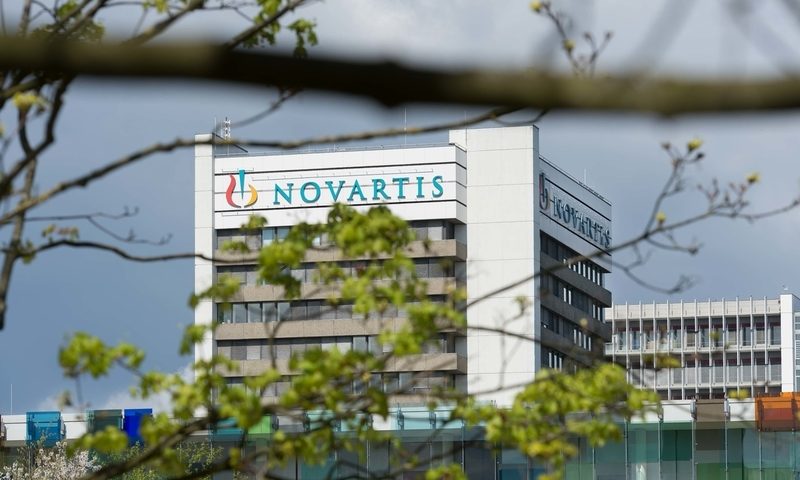Targeted therapies and checkpoint inhibitors have transformed melanoma treatment, but Novartis thinks combining the two could work even better.
And it has some new data to support its case. The company’s cancer-fighting duo Tafinlar and Mekinist alongside its experimental PD-1-blocking spartalizumab banished tumors in 44% of patients with advanced melanoma, early data from a phase 3 study show.
The study, to be presented at the virtual annual meeting of the American Society for Clinical Oncology, tested the trio as a first-line therapy in 36 patients with stage 4 melanoma that had spread to various parts of the body—a diagnosis that was once a death sentence. The patients had a specific BRAF mutation: BRAF V600.
In addition to eliminating tumors in 44% of of those patients, the study found that the treatment shrank tumors in 78% of patients.
Tafinlar, a BRAF inhibitor, and Mekinist, a MEK inhibitor, are already approved to treat BRAF V600-mutant melanoma, but the investigators wrote in the study abstract that the “impact of BRAF+MEK inhibition on the tumor microenvironment (TME) suggests that combined targeted therapy and immunotherapy may improve outcomes.”
The combination kept cancer at bay for nearly two years (22.7 months). After two years of treatment, 41% hadn’t seen their cancer worsen and 74% of the patients were still alive.
The data come from early parts of the study focused on gauging safety and studying biomarkers, and “cannot be considered conclusive,” Jeff Legos, Novartis SVP and head of oncology development, said via email. But the investigators reported a “high and durable response rate, including in [patients] with poor prognostic features.”
The randomized portion of the study aims to pit the trio against Tafinlar and Mekinist with placebo in about 500 patients and is slated to read out later this year.
“The prognosis for patients like these is typically poor, with a large percentage dying within five years. We know the need for these patients is great and urgent, and we are encouraged by COMBI-i results to date,” Legos said. “The potential of uniting the benefits of both targeted therapy and immunotherapy drives our research efforts.”
Complete responders—the patients who saw their cancer vanish—had low levels of circulating tumor DNA and immunosuppressive tumor microenvironment (TME) gene signatures at the beginning of the trial. On the flip side, the patients who fared worse were linked to high levels of immunosuppressive TME signatures, as well as other biomarkers, at the beginning of the trial. These markers could be used to determine which patients might benefit (or not) from the combination treatment, but the investigators noted that they need “further validation.” Novartis plans to test this in the randomized portion of the study, Legos said.
The regimen’s toxicity was “manageable,” the investigators wrote, with side effects echoing those that have been seen with each drug on its own. Severe side effects affected 72% of patients, with six patients quitting all three study drugs. One patient died of a heart attack that wasn’t deemed treatment-related.
The randomized portion of the trial will shed more light on the “tolerability of the study drugs in the context of the clinical benefit observed. This information will help characterize the risk/benefit of spartalizumab combined with dabrafenib and trametinib,” Legos said.

